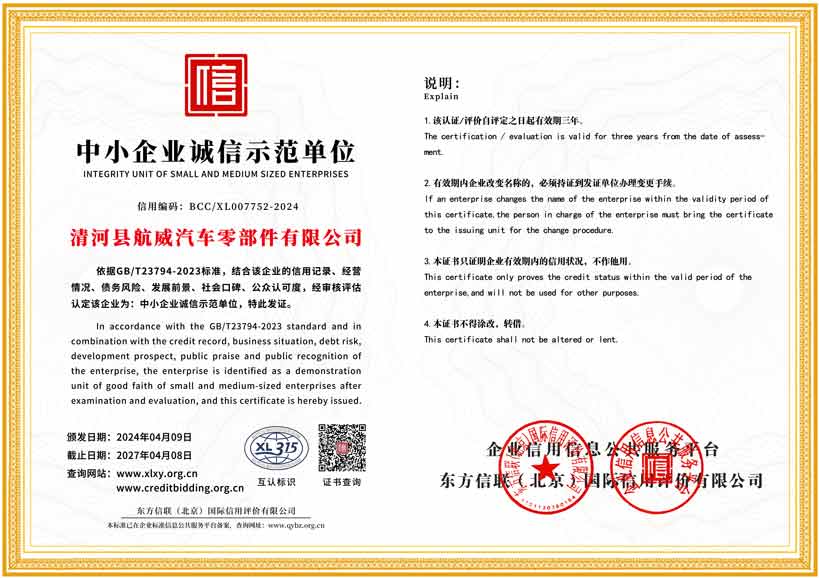Understanding the Functionality of Gas Pedals and Cables in Vehicle Performance
The Gas Pedal and Cable A Key Duo in Automotive Performance
In the complex world of automobiles, where mechanical precision meets innovative engineering, the gas pedal and its accompanying cable play a crucial role in defining the driving experience. This seemingly simple mechanism is at the heart of vehicle acceleration, connecting the driver’s intentions directly to the engine's response.
The gas pedal, often referred to as the accelerator, is more than just a foot-operated device; it is a gateway to power and control. Found in every vehicle, its design ensures that drivers can seamlessly communicate their desire for speed. When a driver presses down on the pedal, they are not merely pushing a lever; they are engaging a system that translates their input into a powerful thrust forward. This transformation involves several components, including the gas cable, which serves as an essential link between the pedal and the engine.
The gas cable, typically made of durable materials like steel, is the conduit through which the driver’s commands are conveyed. As the gas pedal is pressed, the cable experiences tension, which pulls on an attached throttle valve in the engine. This action allows more air and fuel to enter the combustion chamber, resulting in increased power output. The precision of this system is critical; any slack or wear in the cable can lead to delayed or imprecise acceleration, impacting overall vehicle performance.
gas pedal and cable

Modern vehicles have seen innovations that have altered the traditional gas pedal and cable relationship. Many newer models now employ electronic throttle control systems, which have replaced the physical cable with sensors and motors. These systems improve both performance and fuel efficiency by allowing for more precise control over engine power. However, even with these advancements, the fundamental concept remains the same the driver’s input must reliably translate into the desired output.
For drivers, understanding the role of the gas pedal and cable can enhance their driving experience. Smooth acceleration not only contributes to a more enjoyable ride but also impacts fuel efficiency. A steady foot on the gas pedal can help maintain a constant speed, which is vital for long-distance driving. Additionally, with the rise of eco-conscious driving practices, many drivers are now more aware of how their accelerator habits influence fuel consumption.
Moreover, the interaction between the gas pedal and cable has implications for automotive maintenance. Regular checks for wear and tear on the cable can prevent sluggish acceleration and ensure the vehicle responds promptly to driver inputs. A stiff or frayed cable can lead to unpredictable acceleration, potentially causing safety hazards on the road.
In conclusion, while the gas pedal and cable might seem like simple components of a vehicle, they embody the intricate relationship between driver command and engine response. Understanding their function enhances not only driver awareness but also vehicle performance. As automotive technology continues to evolve, the fundamental principles governing this essential duo remain a testament to the engineering ingenuity that drives the automotive industry forward. Whether in a classic car or the latest electric vehicle, the connection between the gas pedal and the engine will always play a pivotal role in the art of driving.
-
Clutch Line: Braided, Leak-Proof, OEM-Grade PerformanceNewsNov.10,2025
-
Throttle Cable: Durable, Smooth Control & Universal FitNewsNov.10,2025
-
Throttle Cable: Durable, Smooth, Universal Fit, Easy InstallNewsNov.10,2025
-
Clutch Line: Durable, Leak-Proof, OEM-Grade PerformanceNewsNov.10,2025
-
Hand Brake Cable | Custom, Universal & Trailer SolutionsNewsNov.10,2025
-
Clutch Line: High-Pressure, OEM-Fit, Corrosion-ResistantNewsNov.03,2025
